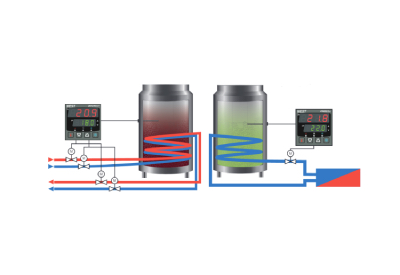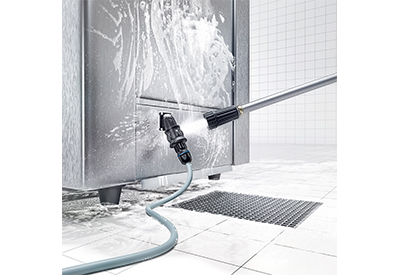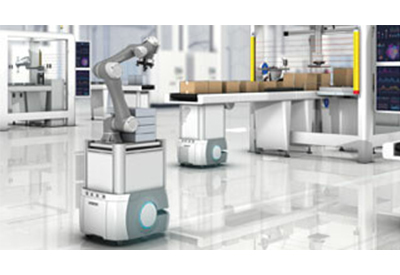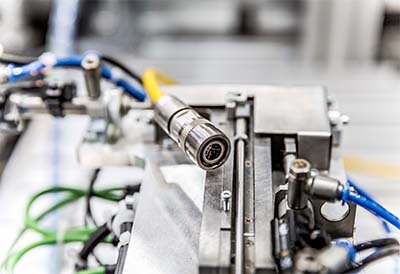Brushed vs. Brushless DC Motors – What’s the Difference?
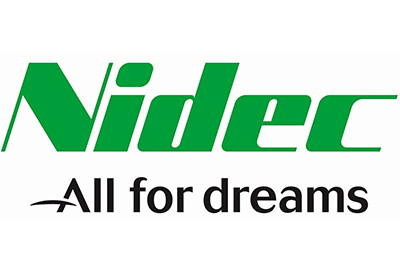
September 28, 2021
In the world of motors, efficiency is king. It is apparent that consumers are looking for not only efficiency in cost to operate but also in ability to get the task done quickly. When converting electricity into rotational motion via motors, a major contributing factor to efficiency is the type of motor, such as a DC motor, used to keep the momentum going. There are two major types of DC electric motors, brushed and brushless.
A motor brush is commonly known as a carbon brush and is typically made from a composite of carbon-graphite (the ratio of carbon to graphite may vary depending on application). These brushes are kept properly seated by use of aptly named brush holders. Brush holders are like a track that keep brushes from sliding in directions other than perpendicular to the moving surface of the motor. Inside the brush holder is a spring which keeps the brush in contact with a commutator to ensure a good electrical contact.
Brushed Motors
The brushed DC motor is comprised of a wound wire coil armature – the rotor – which acts as a electromagnet (more commonly 2 or 4 pole and surrounded by stationary permanent magnets (on some applications, in addition there are field coils that are separately energized) – called the stator. With this, the current’s directionality is reversed two times per cycle (the first time to spin the rotor 180-degrees, and the second time to fully spin it 360-degrees) by a mechanical rotary switch called the commutator. Current flows both ways through the armature and allows the poles of the electromagnet to push and pull against the stator on the outside of the motor. This flow consistently creates and breaks the conductive circuit and in turn creates rotation to power whatever the motor is attached to on its shaft.
Brushed DC motors are advantageous in their low construction costs, ability to be rebuilt or repaired, and general longevity in extreme environments. Of course, in some applications where the motor is exposed to dirt and dust, the commutator to brush connection can be obstructed. They have a simplified setup, essentially plug-and-play to a DC power source and they’re ready to go. However, with the nature of how brushed motors work, the constant creating and breaking of currents may lead to increased electric and electromagnetic noise and reduces efficiency (you may even see sparking!). Additionally, brushed motors do tend to require more maintenance, more frequently, than their brushless counterparts because the internal components are in constant contact with the shaft of the motor.
Brushless Motors
With the incredible advances in computer technology, along with low-cost and availability in supply, brushless motors came into existence. Brushless DC motors, also known as electronically commutated motor (ECM motor) or brushless permanent magnet motor, are a flipped version of a brushed motor in being that the rotor and stator are switched. The permanent magnets are on the rotor while the electromagnets are instead on the stator. The electromagnets in the stator are charged by a computer which causes the rotor to be rotated a full 360-degrees.
This system has no brushes that can be worn out, no sparking, and quieter operations. There is more precise control available when more electromagnets are added on the stator and easier cooling of the electromagnets for smoother operation. While the brushless motors are a higher initial cost to produce and implement, the efficiency in operation for most applications recovers the cost over time.
Brushless motors have come a long way and are top picks because of their reliability and lower maintenance requirements in applications such as manufacturing and electric vehicle design. Even though brushless motors are more common in general use presently, brushed motors are still preferred in certain applications. They uniquely have the ability to change the torque to speed ratio; therefore, brushed motors are still used widely in household appliances and automobiles.


